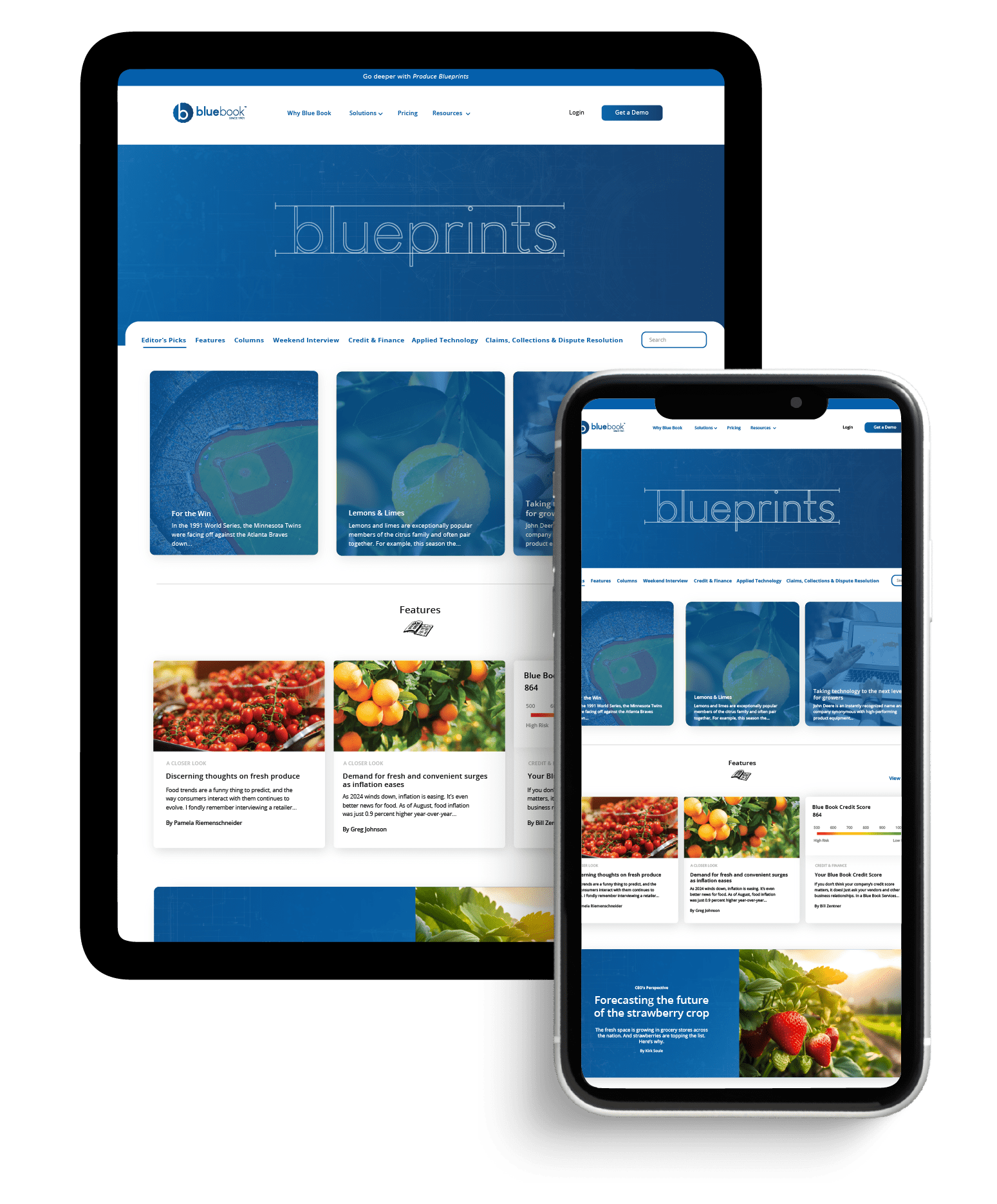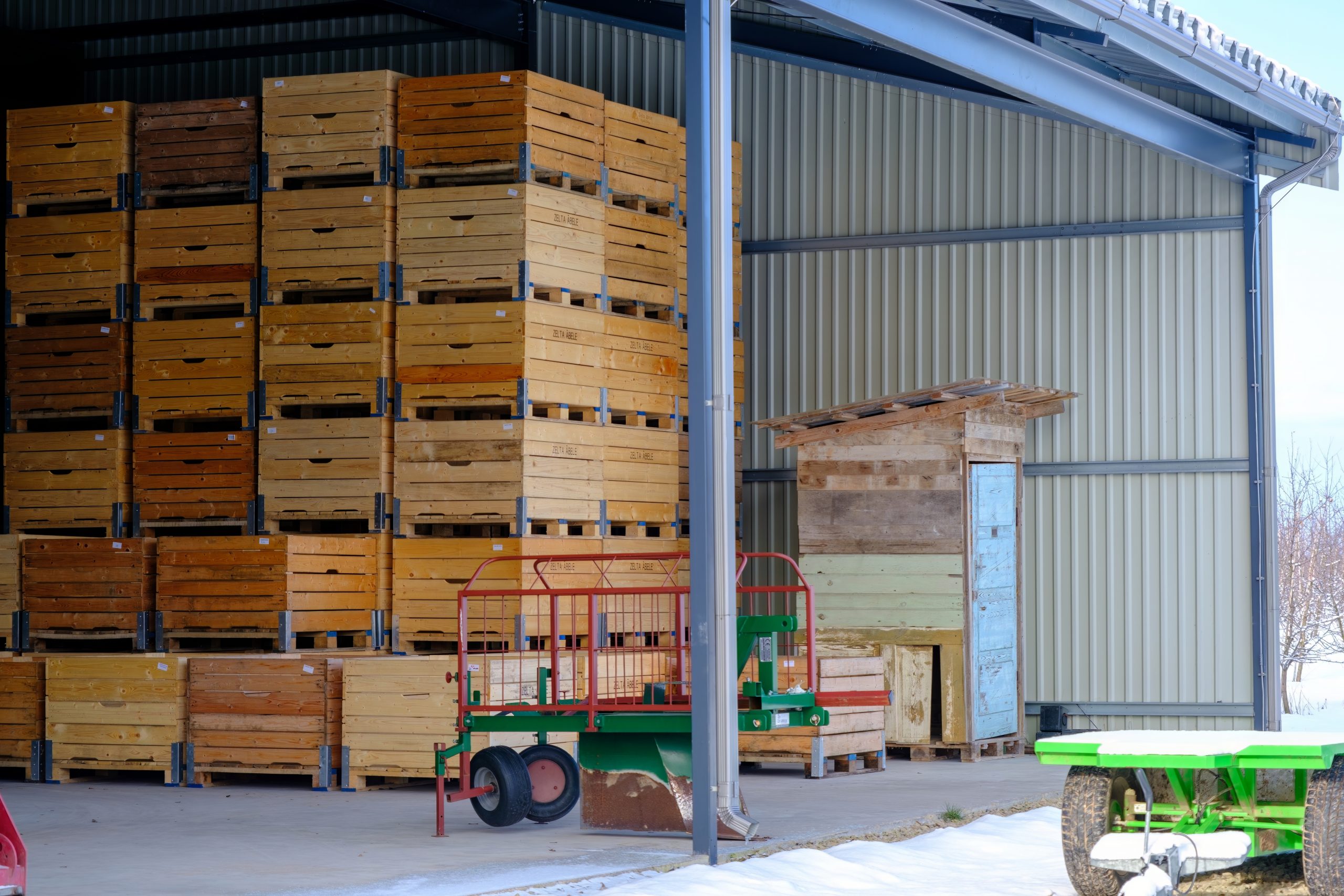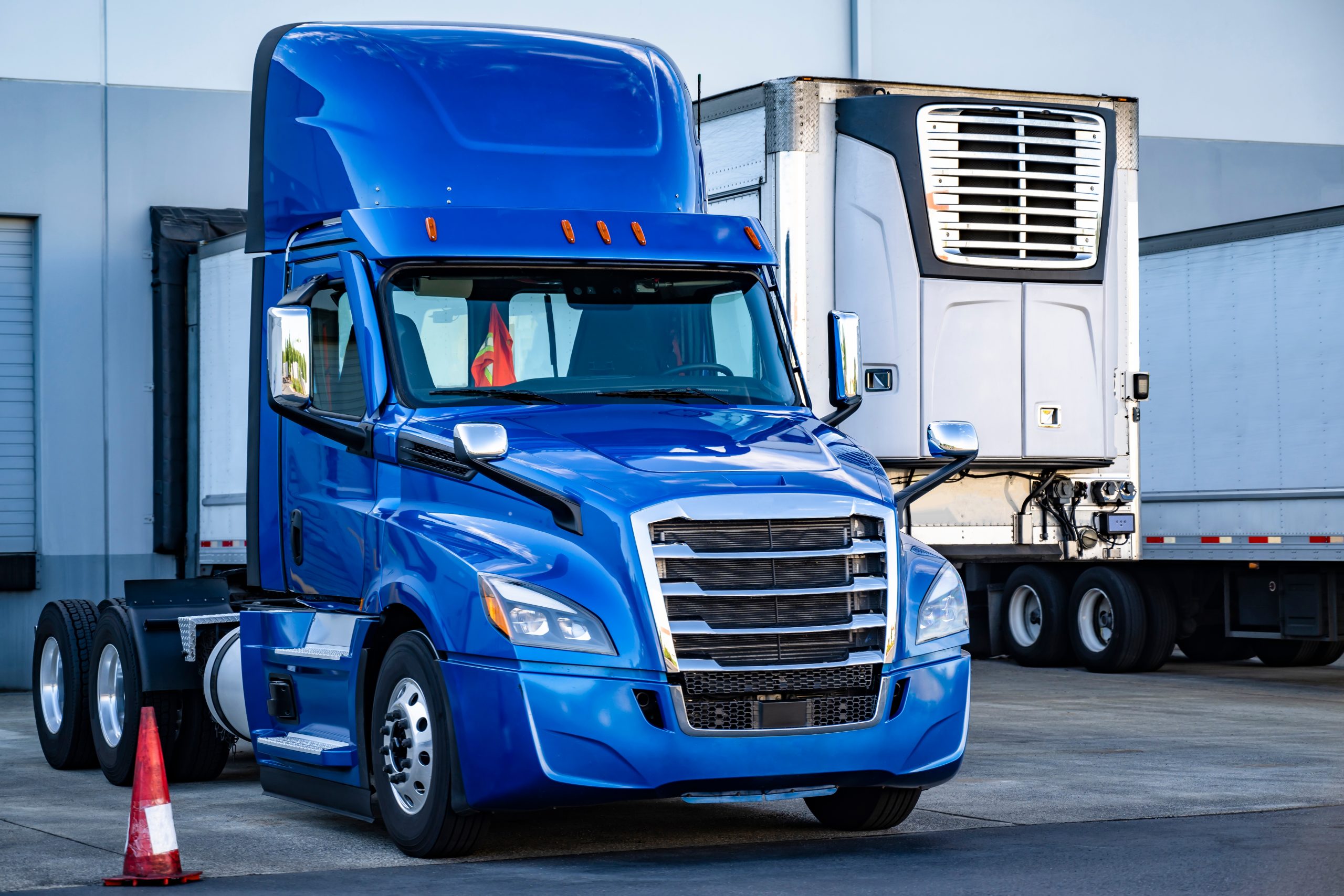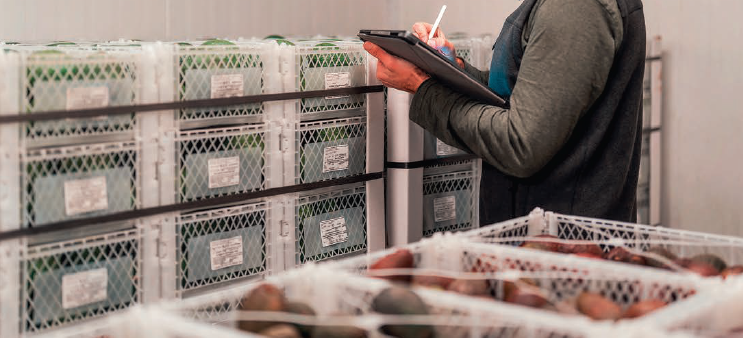Welcome to Blue Book!
Are you ready to join the thousands of companies who rely on Blue Book to drive smarter decisions? View our plans and get started today!
Still have questions? We’d love to show you what Blue Book can do for you. Drop us a line– we’ve been waiting for you.
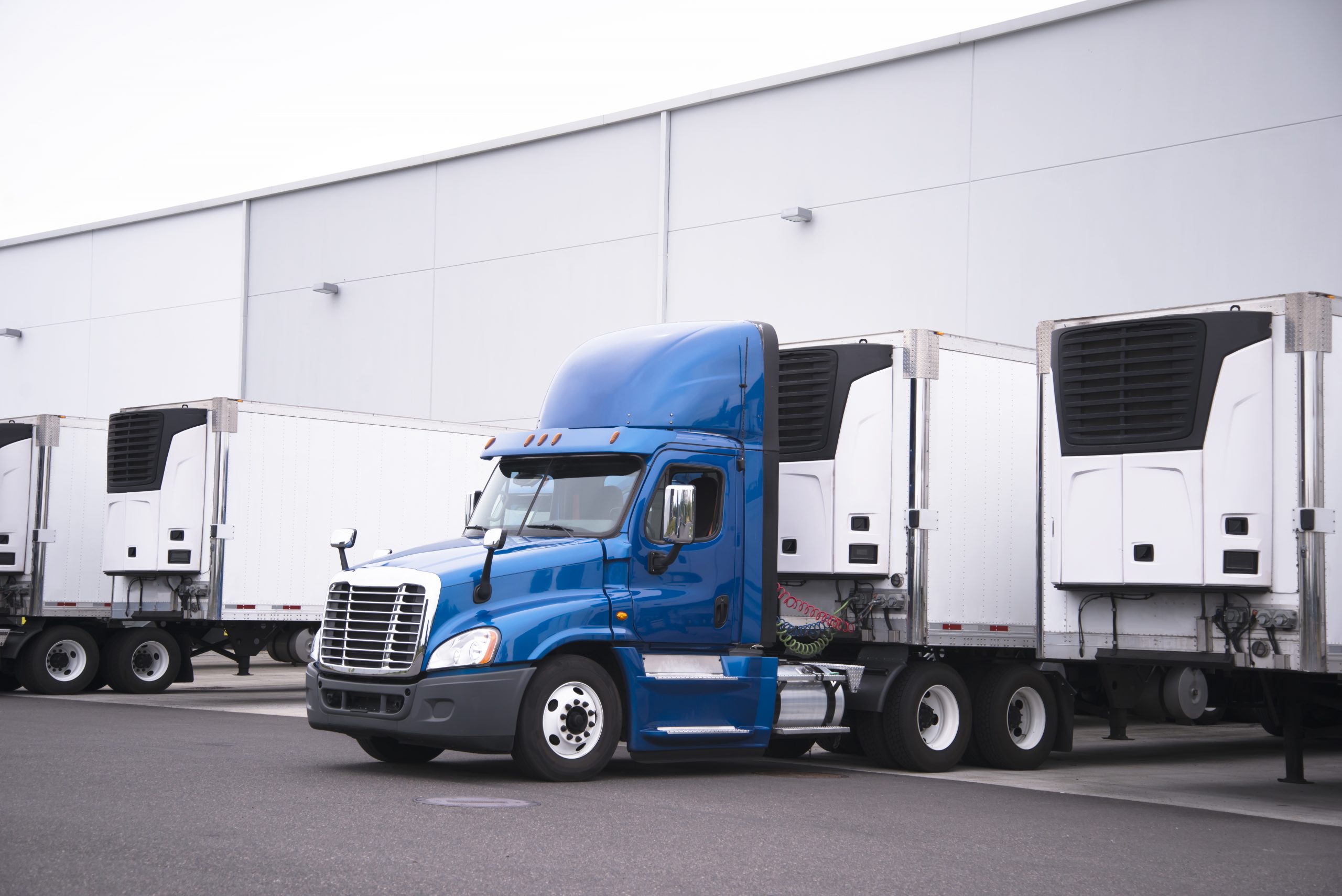
The Problem- Warm product at destination.
The Key Point- A carrier’s temperature control equipment is not responsible for bringing pulp temperatures into temperature compliance.
The Solution- Placing a portable temperature recorder with all produce shipments is recommended.
Q: We are a produce buyer located in Southern California. We recently purchased a load of stone fruit out of Chico, CA. When the truck arrived, we discovered the load was warm and called for a USDA inspection. Although the fruit passed, the certificate confirmed the product was warm, with pulp temperatures ranging from 38 to 40 degrees.
These temperatures appear to exceed the permissible range seen in Blue Book’s Transportation Guidelines. There was no portable recorder placed on this product because it was just a 12-hour trip. Can we place a claim against the truck based on the warm destination pulp temperatures?
A: It’s widely accepted that a carrier’s temperature control equipment is not designed or responsible for bringing produce pulp temperatures into temperature compliance. Carriers are only required to keep air temperatures inside the conveyance within an acceptable range.
Of course, high pulp temperatures at destination may, in some cases, be evidence of warm air temperatures during a trip. But warm pulp temperatures alone are not usually enough to establish that the carrier failed to properly maintain the instructed transit temperature.
You may be misreading our Transportation Guidelines somewhat; the Guidelines provide that as a rule of thumb temperatures within the trailer should not deviate more than four (4) or five (5) degrees Fahrenheit from the agreed-upon transit temperature.
If a temperature range is specified, any deviation will be assessed from the midpoint of the specified range. A temperature variance lasting less than twelve (12) hours may also be categorized as a slight deviation, depending on the extent of the variance, the relative perishability of the commodity, and other circumstances.
It’s important to note the temperature range provided is applicable to the air temperature inside the trailer, not the produce pulp temperature. Taking a look at your documentation, the rate confirmation and bill of lading both instruct the carrier to maintain 34 degrees. The bill of lading does not contain any statements as to shipping point pulp temperatures.
Therefore, when the driver signed the bill of lading, he signed for the stone fruit, not stone fruit pulping at 34 degrees. How, then, do we know this fruit was any warmer at destination then it was at shipping point?
It’s unfortunate no portable recorder was placed with this shipment, but based on the available documentation—given that the reefer download did not show any abnormalities during this relatively short trip—it appears to us the carrier could establish freedom from negligence in this instance.
Furthermore, given the inspection shows the fruit was received in very good condition, it’s not clear the fruit was appreciably harmed in transit.
This article was originally published in the September/October 2024 edition.


